|
I am in two book clubs but yet still read many more books than that in a month. How you ask with a busy schedule? The secret is audiobooks. Everytime I exercise I am listening to a book. Three of my recent reads would be fantastic for a book club for they not only have great content to discuss but lend themselves to some terrific entertaining themes.
Circling the Sun by Paula McLain This is by far the best book I have read this year. If you loved “The Paris Wife” then you will love this book. In an NPR interview she said, “It is my fate to illuminate the lives of these one-of-a-kind notable women that have been somehow forgotten by history.” Inspiration is coming from safaris and Champagne!
The Little Paris Bookshop by Nina George, translated by Simon Pare A charming book with heartfelt sentiment all with the backdrop of Paris and Southern France. Monsieur Perdu doles out books like a doctor to a patient. The books are medicine for what ails a particular person. I feel the same way about wine. When I consult people for wine choices I not only ask what food is being served I ask about what mood they are trying to establish.
Kitchens of the Great Midwest by J. Ryan Stradal I am almost finished reading this book and find it highly entertaining and reflective of today’s food obsessed lifestyles. I burst out laughing at a few points. If you are into food and wine this is a must read.
0 Comments
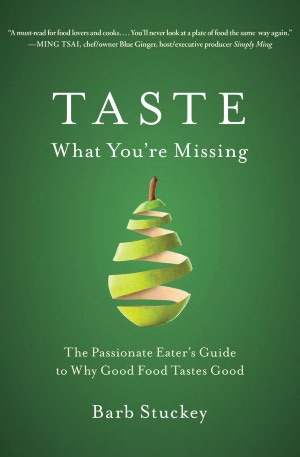 If you are a hardcore foodie or in the food/wine trade, this book is a must read for you. Seriously. As a sommelier, I am constantly trying to understand food/wine experiences from a professional standpoint and also from a casual diner’s perspective. I cannot make someone like stiff tannins even when paired with a food that will offset the tannins and make the tannins purposeful and tame. Stuckey writes, “The fact is that perception occurs in the mind. As a result, it is virtually impossible to measure accurately. Take the perception of beauty. How pretty is Angelina Jolie? How beautiful is the city of Paris? There is no definitive answer to either of these questions. The answer varies with the individual. Asking about someone’s perception of food is similarly complicated. Each person is biased (and informed) by his own anatomy, genetics and life experience. Taste perception is in the mouth and brain of the beholder.” Stuckey is not that into science, self-proclaimed, but yet she does her homework and enlightens us with what taste is. She examines the taste map of the tongue, the three different types of tasters (tolerant tasters, tasters, hyper tasters), and ways in which our senses experience food and wine. She also gives us exercises to conduct our own research. One major component that I am in complete agreement on with Stuckey is that people don’t slow down and actually evaluate food. As a wine professional we study the appearance first. Is it cloudy? What color of yellow is the white wine? Watery? Viscosity? All this is done before we even put our nose in the glass. Then we smell and taste (two separate steps). Stuckey writes, “ If you really want to taste something, it’s a good idea to keep it in your mouth as long as possible. Put your fork down. Take a few breaths. Chew some more. Swish it around. Then swallow.” If we all did this we would all enjoy our meals more and eat less as you are actually letting your mind and stomach keep pace with the intake. You will reach the full limit of your stomach way before you have over-stuffed yourself and your tastebuds will be sated. That’s it! That is my new weight loss plan! Slow down, savor and eat less. Sounds perfectly enjoyable to me. Definitely back in the swing of things since the remodel. The last dinner party I threw before the remodel was for one of the book clubs I belong to. Fittingly, the first dinner party in the new dining room was for the same book club. We read The Crimson Petal and White by Michael Faber. The book was just ok, a fun read but I’ve read better books. The whole time leading up to the dinner, I was angry with myself for choosing a book that took place in Victorian England. It was a challenge to be inspired by a cuisine that I am not very enamored with. But Beef Wellington à la Gordon Ramsay, saved the day as well a delicious sticky toffee pudding.
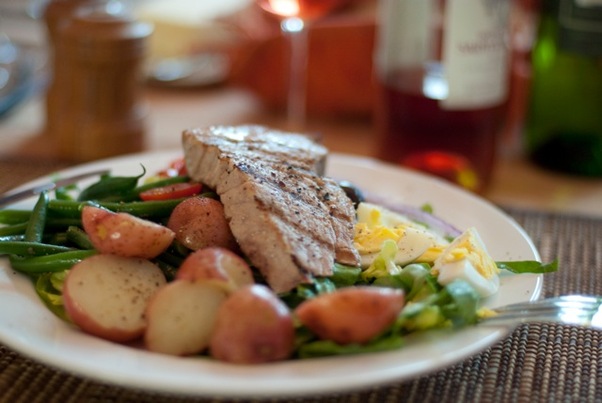 My apologies for being off the radar for a few months. I have been trying to finish up a major remodel on the home front, and food and wine actually became a lost art. Last Sunday I was finally able to unearth my collection of cookbooks and wine books. It was seeing long-lost friends, I quickly was overwhelmed with all of the menu possibilities. I got right back into the groove last night. I was the host for my book club meeting for Jonathan Franzen’s Freedom. The menu I chose didn’t exactly pair with the book for I had been craving a Niçcoise Salad with Rosé for some time now. We finished off the meal with a light summer dessert of Fresh Berry Pavlova. I do have some lovely Rosés in stock now for your summer fun. They range in price from $12 to $15 a bottle (a 10% on case orders), with several different varietals to choose from (Syrah, Grenache, Merlot and Pinot Noir). All from France! Call or email me today to receive your rosés in time for July 4th. 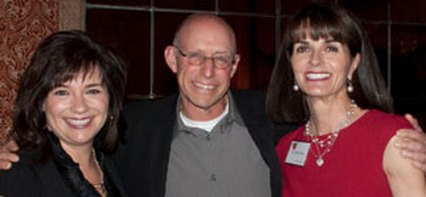 Michael Pollan, the author of Food Rules, In Defense of Food, The Omnivore’s Dilemma and many other books about the natural world and our place in it, was honored by the Institute of Health and Healing in San Francisco this month when he received the 2011 Pioneer of Integrative Medicine award. Michael, through his writing and lectures, focuses on the industrial way most people find their food and how it is at odds with the natural world. On this special night, Michael sat down for a discussion about his food philosophy "Eat food. Not too much. Mostly plants." A seemingly simple statement, but when put into practice takes a great deal of thought and effort. This was a riveting discussion that touched on wide ranging topics, from the cost of health care to farm subsidies and policy change headed by the military, because now there are too many recruits who fail the fitness exam. Inspired from Michael’s words, I would like to present my wine philosophy: “Drink wine. Not too much. Mostly from small vintners." In the wine world you have similar choices as with food. I vote with my selections and support the smaller vintners and focus especially on the organic producers. After all, wine is an agricultural product, first and foremost. Not all small vintners make exceptional wine, so you do have to be selective, but I do feel a connection to where the wine comes from. From the first time I tasted the wines from Montenidoli, I knew I had to meet the person who made the wine. When I did finally get to meet the incredible Elisabetta, the complexity and essence of the wine made perfect sense for me, on the palate and in my mind. Her soul and approach to the land is reflected in the wine. A truly impressive statement. As a consumer, you have many options when making your food and wine choices. I would urge you to use your power as a consumer to cast your vote. Yes, you can buy Two-Buck-Chuck but maybe you can drink a little less and buy a $10 bottle from a small producer. I suspect your enjoyment level will be much higher. If you are interested in the incredible ways the Institute of Health and Healing are helping people through alternative medicine please visit www.myhealthandhealling.org. Maybe you will be inspired to donate an incredibly worthy cause. If you are not already familiar with Michael’s work, visit his website michaelpollan.com. I just finished reading his book on gardening Second Nature. It gave me many things to think about as I am about to landscape my front and back yards.
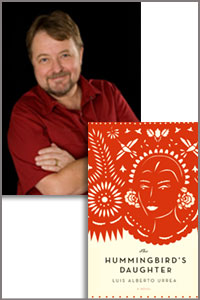 Just when I thought that Twitter was the biggest waste of time, I had a lovely exchange of tweets with Luis Alberto Urrea, author of The Hummingbird’s Daughter. In our “conversation”, I was able to revisit some thoughts about his writing style and the characters in his book. Somehow, we got on the subject of wine—shocking, I know. Here’s an excerpt of our conversation where I am trying to figure out what kind of wine would best complement Urrea’s writing style: Urrealism: You have to teach me about wine so I don't bring Thunderbird or Boone's Farm Pear Nectar. WineUnleashed: I have to think about what type of wine you would be, based on your writing style. Urrealism: It should be bold, yet indecisive. With a piquant bouquet redolent of narcissus and gummy bears. Vino bueno. WineUnleashed: yes, bold structure but lots of texture, more earthy than fruity, but has to have soft curves to it. I am thinking a Barbaresco. Urrealism: You're so good. WineUnleashed: Merely inspired by Teresita & of course, Huila. Urrealism: You say the sweetest thangs! We should create a Teresita wine. Cabora Cabernet? WineUnleashed: umm Cabora might be a tad to warm to create the true nature of Teresita. Or perhaps we could get a Shaman to help too. WineUnleashed: oh wait...Shaman created beverages... that has been done! It's called Mezcal! Urrealism: Whoo-whee, Mezcal. Bad mojo. Of course, Absinthe is a shaman's drink too. Goth shamans. That was great fun. To read the exchange here takes about 2 seconds but in real time, the anticipation of waiting to read what this wonderful writer would say next was, well, intoxicating. I kept thinking about what type of wine he would be, so I came up with this list. The wine, based on Urrea’s writing style, would be:
So there you have it, a fun exercise to match a person’s personality, writing style, or cooking style with wine. To finish this train of thought: if Twitter was a wine, it would be wine from a box—accessible to all, friendly, clever engineering.
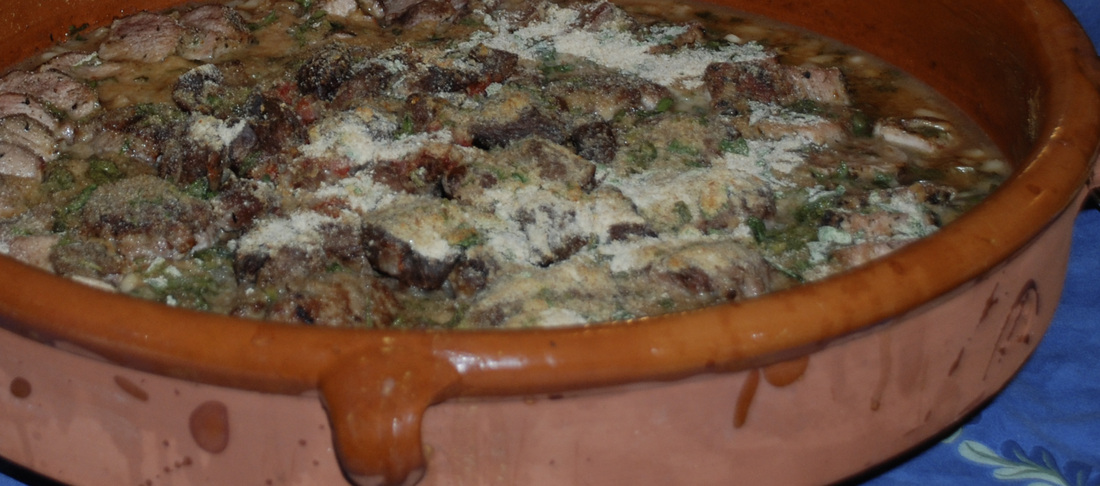 On the heels of celebrating my visit with Elisabetta of Sono Montendoli, I had the opportunity to delve into the life of yet another great woman—Julia Child. I was leaving for Europe and a good friend had just finished reading My Life in France by Julia Child and Alex Prud’Homme. She was completely taken by the book and thought that I MUST read. And as it turns out, it was also the latest selection for our book club. I hosted the meeting at my home. So last Friday night, I hosted a fun-filled event for 10 women. We started the evening off with a Crémant from Alsace that was paired with Julia’s mussels. Her butter-rich recipe was a bit different from my usual preparation (straw, please). For the main course, I made Julia’s cassoulet and a simple arugula salad. The scramble to get all this done on a Friday night was well worth it (well, maybe not for the one surprise vegan present). For the pairing, we had the 2005 Domaine Santa Duc Côtes du Rhônes Les Quatre Terres. The earthiness nuzzled in nicely with the robust meat flavors. As classic pairing formula goes “Grown Together, Go Together.” This wine will definitely be in the Everyday Libations selection for October. At $15.50 a bottle, this served up big flavor for the fall. And for dessert, an apple tarte tatin! C’est formidable! Over the course of the evening, we each took turns talking about what we liked/disliked about the book, and why Julia Child is still relevant today. For the most part, we were all inspired by Julia—a woman who blossomed late in life and was able to follow her passion. Her stories about post-war Paris, her sweet relationship with her husband and her dedication to recipe research were all things we enjoyed. Julia’s candid comments about Simca and other friendships showed us that she was human, and in the words of one woman, “Her honesty made the book believable.” There was one naysayer in the group. She felt that Julia Child was a bit of an ingrate and she should have been more politically tolerant of her father, since she benefited from his wealth. She also felt that Julia’s intolerance with Simca’s point of view was problematic. In the end, Julia Child is just as relevant today as she was 40 years ago. From a cooking and business leadership standpoint, she is a great role model. She made smart decisions that helped her achieve her success. I, for one, loved this book and am inspired by yet another powerful life force. You know how sometimes you start focus on a subject (new word, new song etc.) and then you start to see it everywhere. As I was putting this piece together, the tragic earthquake in China happened. So, to begin on a very sober and serious note, my heart and prayers to go out to the families who have been impacted with the recent events (and in my mind, the ongoing travesty). I hope that all loved ones can be found. Before launching into the more lighthearted part of my post, I want to pause for a moment in respect for the displaced and affected people.
My Chinese fixation started with Jennifer 8 Lee’s recent book, The Fortune Cookie Chronicles. In addition to being a fun read full of food tidbits, it really gave me insight into the Chinese influence on American culture. Lee starts off with the Powerball mystery and then delves into fortune cookies, chop-suey, the invention of take out and delivery by Chinese restaurateurs in New York City, and quite a few other Chinese American (and in some cases, Jewish American) culinary and cultural escapades. Her style of writing is open, friendly and witty. The downside of reading this book is I have been craving Chinese food ever since! Of course, this begs the question, what wine have I been pairing to this craving? My pick is a Pinot Blanc from Alsace. The pairing works since you need acid to cut through the grease and body to stand up to the proteins. This wine can even handle spicy Hunan dishes. I have been known to bring my own wine to a few neighborhood restaurants. I am now on the verge of bringing my own glasses (which would border on possibly offensive). I don’t understand why they buy the wine glasses and then proceed to CHILL them. Oh, the aroma of a refrigerator is just what I want to smell along side my Pinot Blanc. YECH! So, I guess I have to eat my Chinese food in the comfort of my own home. As my darling husband would respond… “She is a princess.” So, after many nights of devouring Chinese food and Pinot Blanc, I run across a report from a reputable merchant in England where they have four Master of Wines on staff. It states their belief that by 2058 China will lead the world in wine production. Berry Bros & Rudd write, “Already the world’s sixth largest wine producer and number four in terms of area under vine, China, we predict, will be the world’s leading producer of volume wine by 2058 and that Cabernets and Chardonnays of real promise will be made. With the right soil, low labor costs and soaring domestic demand, China is set to take the world of wine by storm.” I’m not sure what to think but am intrigued by the basis of their argument. I have yet to taste one of these wines but I am now on the hunt. |
AuthorAngela Camacho, a certified sommelier and author of a best selling wine tool, The Wine Wheel®, shares her obsession with wine and food. Archives
May 2016
Categories
All
|
Connect with us
|
Phone 415 242 2030
Email: info@wineunleashed.com |
© 2015 Wine Unleashed
|

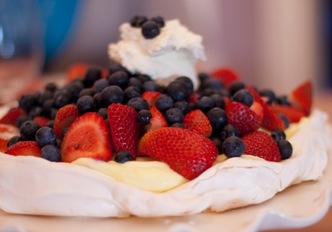
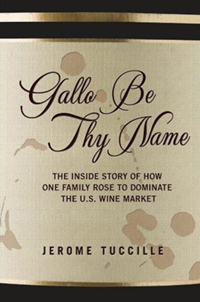
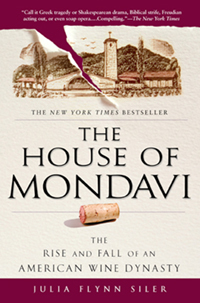
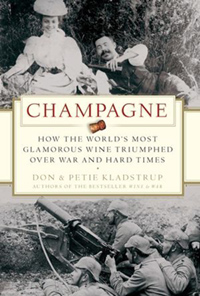
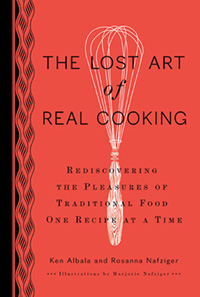
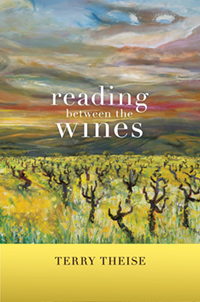
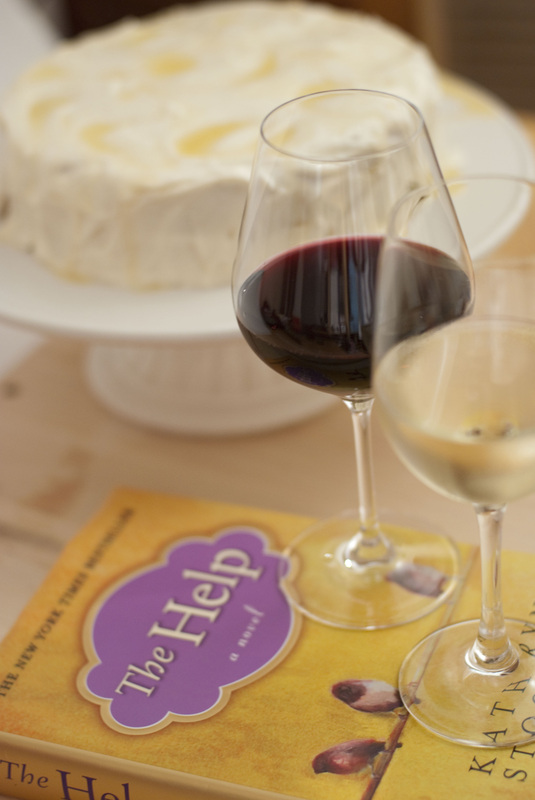
 RSS Feed
RSS Feed